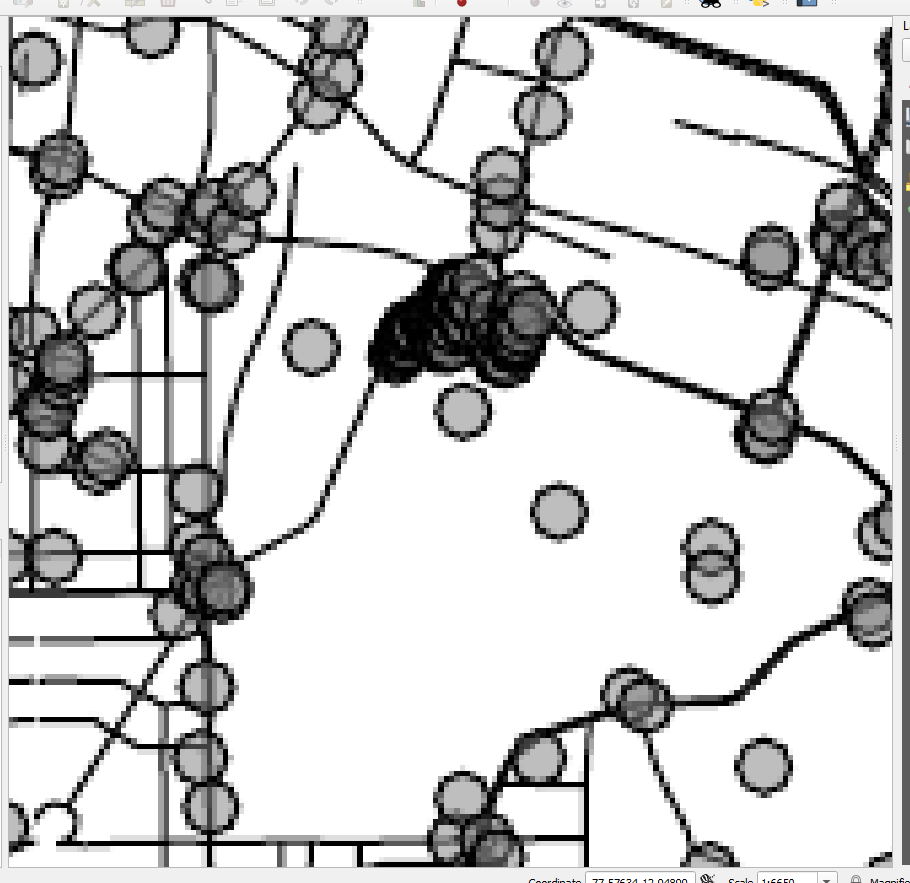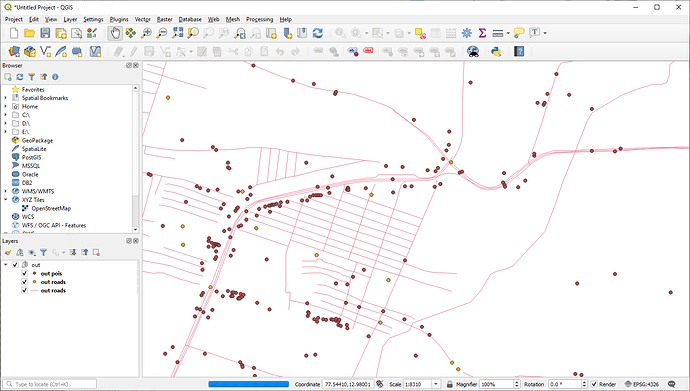Thanks Aaron,
Yes.The link you mentioned is talking about the printing to pdf. We have put supporting geo pdf layer to our todo list. Right now to support this we still need user convert the geo pdf to geo tif.
The quick way to do this. You can convert the pdf to the geotiff file with QGIS software. I did some test. It works very good on mapsuite 10 with you pdf file.
Here is the steps to convert the file.
-
Drag your pdf file to the QGIS.
-
Go to Raster -> conversion->translate(convert format).
-
You will be able to convert the pdf to the geotif.
Here is the code to load the Geotiff.
wpfMap1.MapUnit = GeographyUnit.DecimalDegree;
GeoTiffRasterLayer geoTiffRasterLayer = new GeoTiffRasterLayer(@"C:/Users/FrankFu/AppData/Local/Temp/processing_uinHmt/b7d1e727869f41adb1553d5b75254da7/OUTPUT.tif");
LayerOverlay layerOverlay = new LayerOverlay();
layerOverlay.Layers.Add(geoTiffRasterLayer);
wpfMap1.Overlays.Add(layerOverlay);
geoTiffRasterLayer.Open();
wpfMap1.CurrentExtent = geoTiffRasterLayer.GetBoundingBox();
wpfMap1.Refresh();
Thanks
Frank



